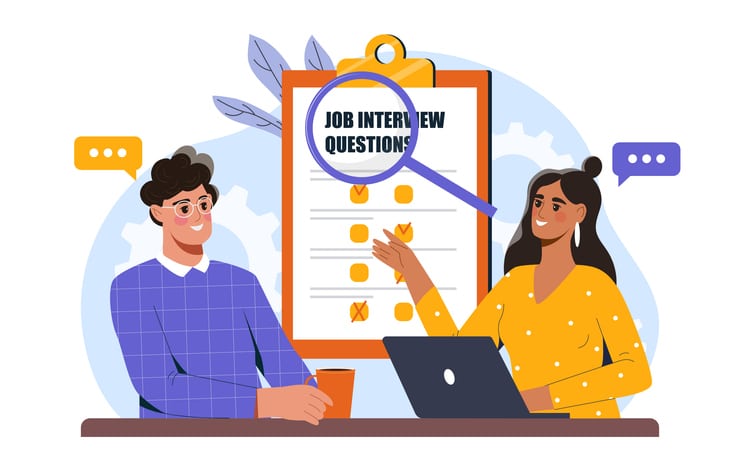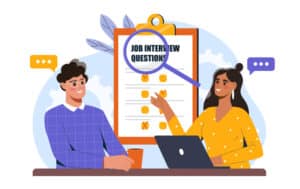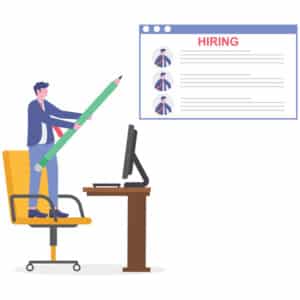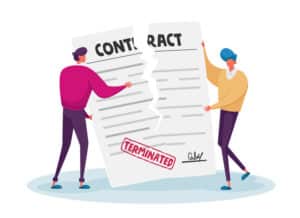Most bad hires weren’t underqualified. They were misaligned.
Managers often focus so much on whether a candidate can do the job that they forget to ask whether that person will thrive in it. The result? Teams that look great on paper but struggle in practice.
Hiring the right people requires more than a checklist. It takes curiosity about who someone is, not just what they’ve done.
The Wrong Question: “Are They Qualified?”
This is where most hiring conversations start, and sometimes where they end.
Of course, qualifications matter. You can’t build a software team without developers who can code, or a finance team without people who understand numbers. Skills and experience are the foundation. But when they become the entire focus, you risk hiring someone who meets the job description and misses everything else.
The problem with hiring only for qualifications is that it measures competence, not compatibility. You end up with employees who can technically do the work but never quite connect with the team, the pace, or the company’s goals.
The Better Question: “Will They Thrive Here?”
Thriving isn’t about being the smartest or most experienced. It’s about alignment between the person’s motivations and the environment you’re offering.
Ask: Do they handle feedback well? Do they work best with structure or independence? How do they react to change? A technically strong candidate who hates ambiguity will struggle in a startup. Someone who thrives on collaboration may feel isolated in a fully remote role.
Hiring managers who look for growth potential, adaptability, and temperament tend to build teams that stick. They hire people who want to grow with the company, not just work for it.
How to Hire for Growth, Not Just Fit
Start by rethinking what “fit” means. It’s not about hiring people who act or think exactly like your current team. It’s about finding people who expand what your culture can do.
Use interviews to explore how candidates learn, not just what they know. Ask about mistakes, changes, and how they’ve handled transitions. Involve peers in the process to see how chemistry plays out across levels. And once hired, back it up with mentorship and development so your “right people” have room to keep being right for you.
What Happens When You Get It Wrong
When the wrong person joins the team, momentum slows. Managers spend extra time fixing problems instead of moving projects forward. Strong employees notice and sometimes follow them out the door.
Getting hiring wrong also sends a quiet message about what your company values. If people see that attitude, effort, and potential don’t matter as much as résumés, they’ll stop bringing their best ideas. Over time, that shapes the team more than any single hire ever could.
The fix? Slow down enough to understand the person behind the paper. A little patience early on can prevent months of misalignment later.
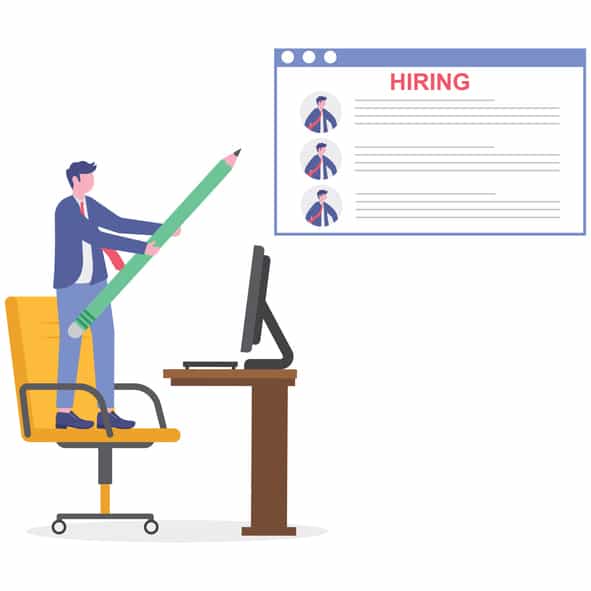
Final Thoughts
Hiring the right people starts with asking better questions. Qualified is a baseline; thriving is the goal.
Want to strengthen your hiring strategy?
Let’s talk about how we can support your recruiting and workforce planning goals.

